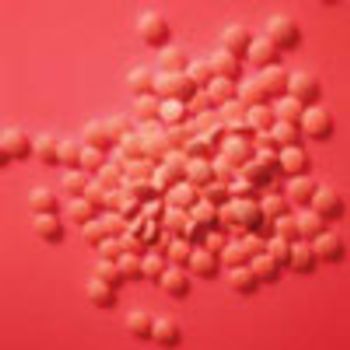
Pharmaceutical Technology Europe
FDA expects a firm that is subject to GxP to develop a risk evaluation of its product and to then mitigate the identified risks. Identified risks may be addressed by technical fixes that effectively eliminate the risks or reduce the likelihood of occurrence and/or severity of consequences to acceptable levels.



